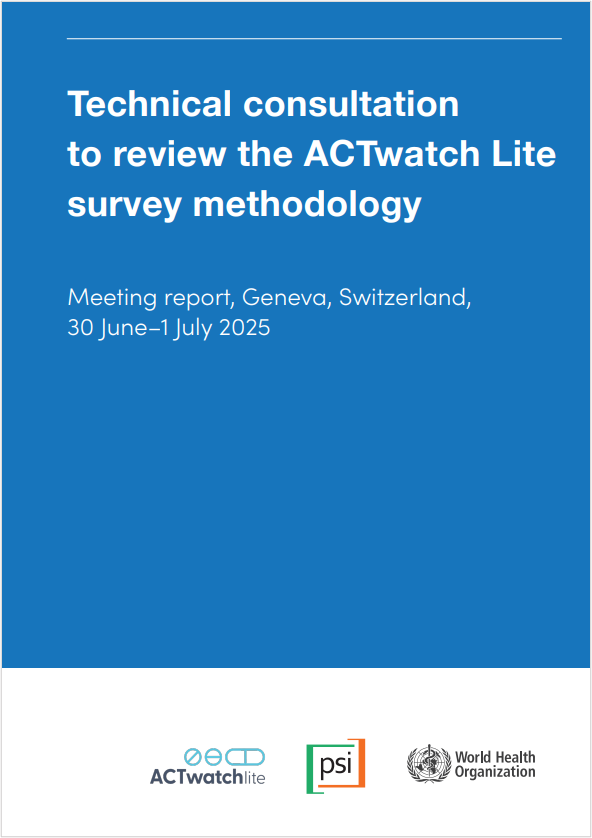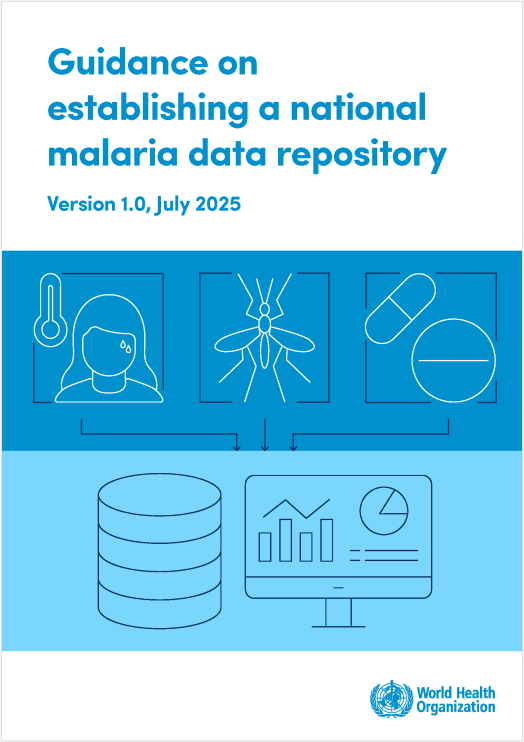Last Updated: 31/10/2024
Use of Plasmodium knowlesi as a model for in vitro malaria research
Objectives
*Original title in Portuguese: Utilização de Plasmodium knowlesi como modelo para pesquisa de malária in vitro
This project aims to study different aspects of Plasmodium biology using P. knowlesi in vitro and P. cynomolgi in vivo.
Specific objectives:
- Development of transgenic parasites using the CRISPR/Cas9 technique.
- Evaluation of the effect of antimalarial drugs in vitro.
- Characterization of transcriptional regulatory sequences.
- Use of Single-Cell RNAseq for identification and characterization of sexual forms of P. knowlesi.
Five species of the protozoan Plasmodium are responsible for malaria in humans: Plasmodium falciparum, P. vivax, P. ovale, P. malariae and P. knowlesi. P. falciparum causes the most lethal form of the disease and receives most of the investments in research, mainly due to the existence of in vitro culture techniques for this species. However, P. falciparum is biologically and evolutionarily distant from other species, and control measures developed against P. falciparum do not show the same efficiency when applied against the other four species. This proves the importance of specific research, especially against P. vivax, responsible for ~90% of cases in Brazil. The lack of an in vitro culture system hinders research on P. vivax, which is neglected worldwide. Recently, strains of P. knowlesi, a species evolutionarily close to P. vivax, were adapted to in vitro culture, offering an alternative for malaria research.
Article: Activity of Plasmodium vivax promoter elements in Plasmodium knowlesi, and a centromere-containing plasmid that expresses NanoLuc throughout the parasite life cycleArticle: Synthesis, Structure–Activity Relationships, and Parasitological Profiling of Brussonol Derivatives as New Plasmodium falciparum Inhibitors
Jan 2020 — Feb 2024


